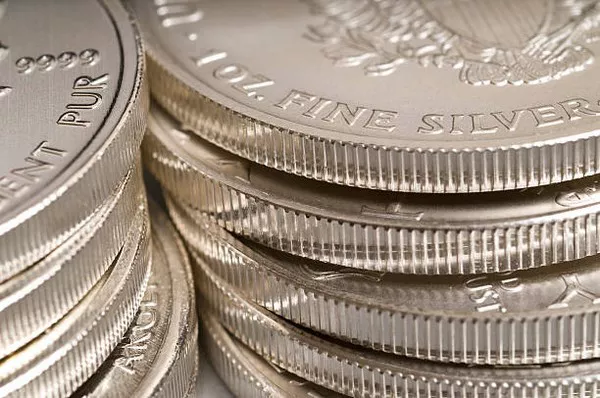Silver, with its timeless allure and enduring value, has captivated humanity for centuries. From exquisite jewelry to elegant tableware, the gleam of silver has adorned our lives in various forms. However, distinguishing genuine silver from its imitations requires a discerning eye and an understanding of key indicators. In this comprehensive guide, we delve into the nuanced art of authenticating silver, shedding light on the methods and techniques that ensure accuracy and reliability.
Hallmarks: A Window into Authenticity
The hallmark, an insignia stamped onto silver items, is a hallmark of authenticity. These marks provide crucial information about the metal’s purity, origin, and, in some cases, the manufacturer. In many countries, hallmarking is a legal requirement, ensuring consumers can make informed decisions about their silver purchases. In the United States, for instance, the “925” mark indicates sterling silver, denoting a composition of 92.5% pure silver.
Understanding the various hallmarks relevant to your region is essential. Familiarize yourself with hallmark databases and guides, which can be valuable references when evaluating silver items. Be cautious, though, as fake hallmarks can be applied to deceive. Scrutinize the hallmark’s clarity, depth, and consistency, as genuine hallmarks exhibit precision and uniformity.
Magnet Test: Silver’s Non-Magnetic Nature
One of silver’s distinctive properties is its non-magnetic nature. Unlike metals like iron or nickel, silver does not exhibit magnetic attraction. To perform a basic magnet test, place a small, strong magnet near the item in question. Genuine silver will not be drawn to the magnet, while other metals, such as steel or nickel, may display magnetic properties.
It’s crucial to note that this method is not foolproof, as some silver-plated items or alloys may contain magnetic metals. Therefore, while the magnet test can raise suspicions, it should be complemented by other authentication methods for a more comprehensive evaluation.
Nitric Acid Test: Assessing Purity with Precision
For those seeking a more precise assessment of silver purity, the nitric acid test is a valuable tool. This method involves applying a drop of nitric acid to a discreet area of the silver item. The reaction between the acid and the metal helps determine the purity of the silver.
Authentic silver will exhibit a milky white coloration when exposed to nitric acid, reflecting its purity. However, it is crucial to exercise caution when performing this test, as nitric acid is a corrosive substance. Conduct the test in a well-ventilated area, use appropriate safety measures, and apply the acid sparingly to minimize damage to the silver item.
Weight and Density: Genuine Silver’s Heft
Silver possesses a specific weight and density that can be discerned through experience and careful observation. Authentic silver items tend to feel heavier than their imitations due to the metal’s density. While this method may not be as precise as laboratory tests, it can serve as a quick and initial indicator of authenticity.
Familiarize yourself with the typical weight of silver items based on their dimensions and composition. If an item feels unusually light for its size, it may raise suspicions about its authenticity. However, variations in design, thickness, and craftsmanship should be considered when using weight and density as criteria for evaluation.
Ice Test: Thermal Conductivity of Silver
Silver is an exceptional thermal conductor, and this property can be leveraged for a simple yet effective authenticity test. The ice test involves placing an ice cube on the surface of the silver item and observing its behavior. Genuine silver, with its high thermal conductivity, will cause the ice to melt rapidly.
Conduct this test on a flat, clean surface and ensure that the silver item is at room temperature before beginning. While the ice test is not infallible, it provides an additional layer of assessment when combined with other methods.
See Also: What Does Spot Price Mean For Silver?
Conclusion
In the intricate world of silver authentication, a multifaceted approach is key to ensuring accuracy. From scrutinizing hallmarks to conducting chemical tests, each method contributes to a comprehensive evaluation process. As technology advances, new tools and techniques may emerge, enhancing our ability to discern authentic silver from its imitations.
Remember, knowledge and experience are invaluable allies in the quest to unveil the mystique of silver. Stay informed, hone your skills, and approach each assessment with a meticulous eye. Whether you are a collector, a connoisseur, or someone looking to make a thoughtful purchase, the ability to distinguish genuine silver from its counterparts is a skill worth cultivating in the pursuit of timeless elegance and enduring value.


